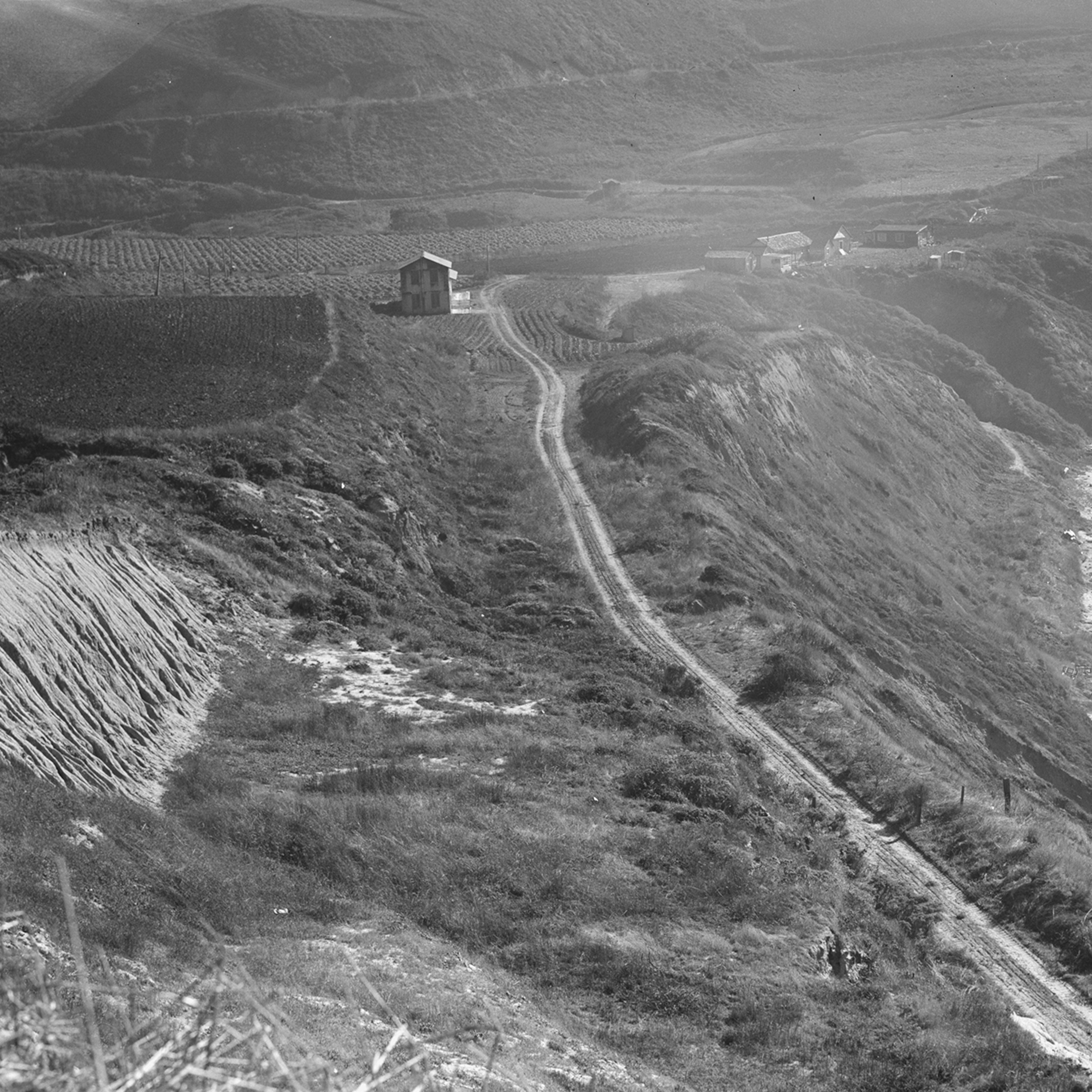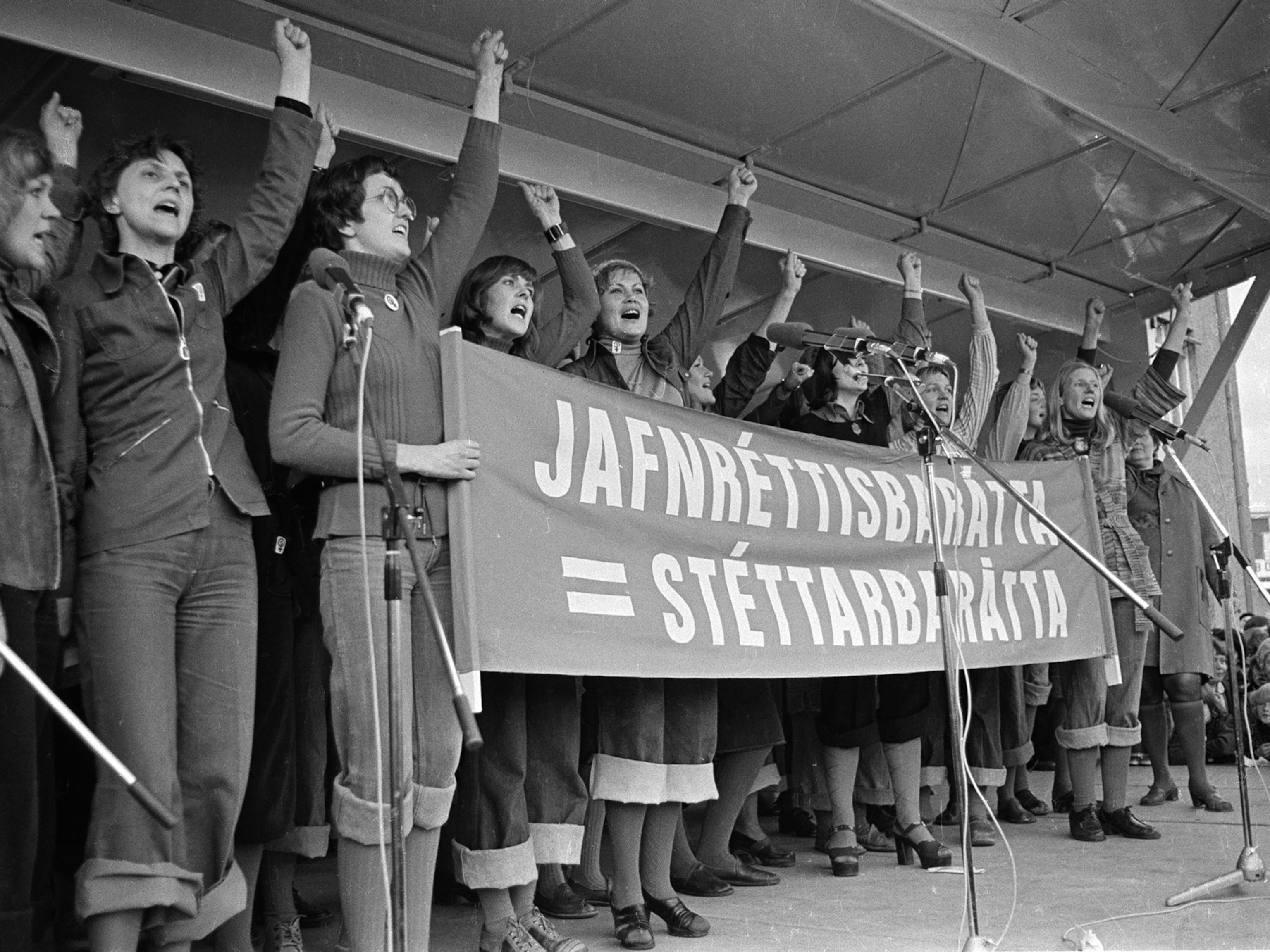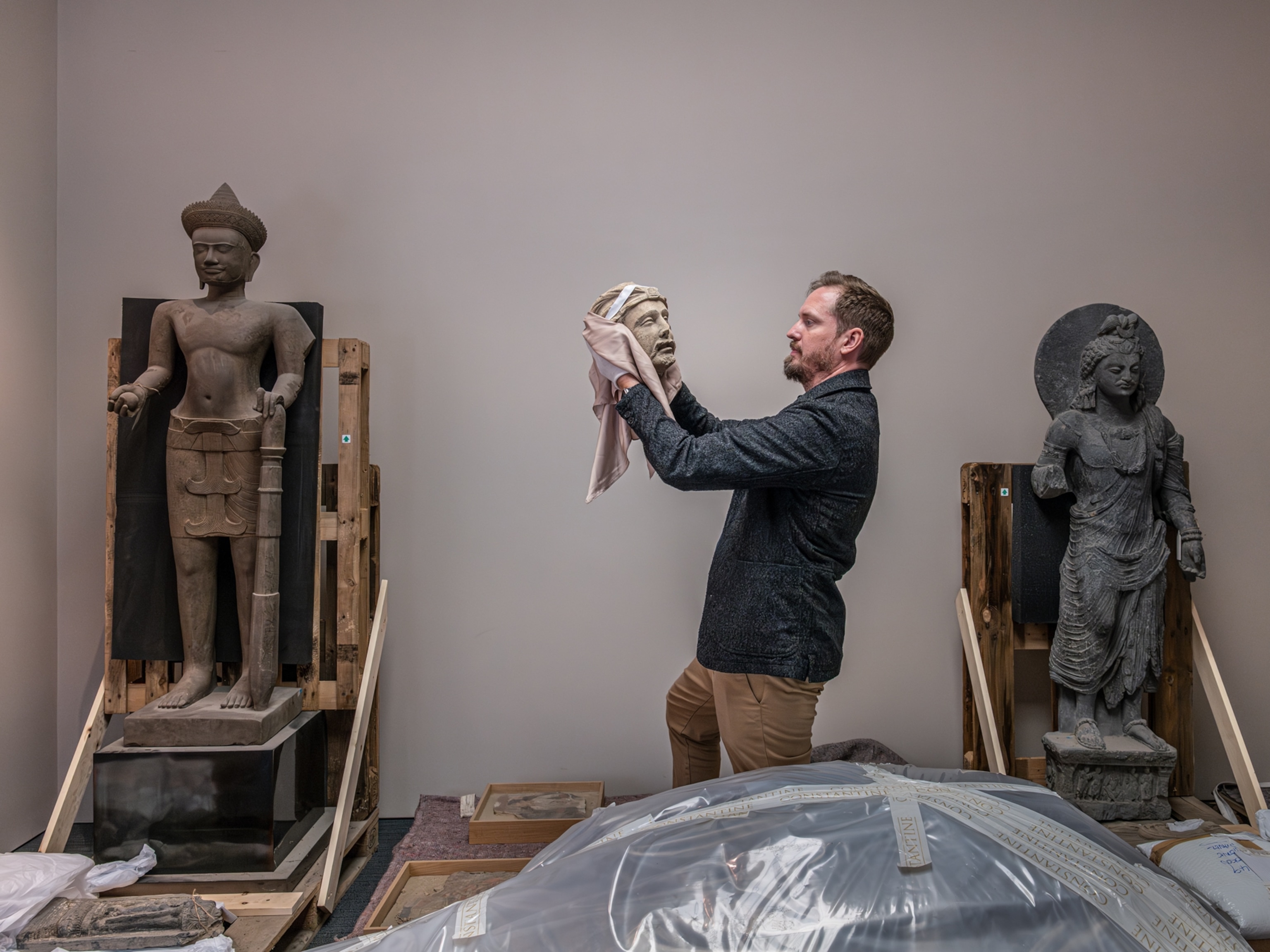Picturesque California conceals a crisis of missing Indigenous women
Indigenous families are demanding justice for crimes they say stem from centuries of oppression.
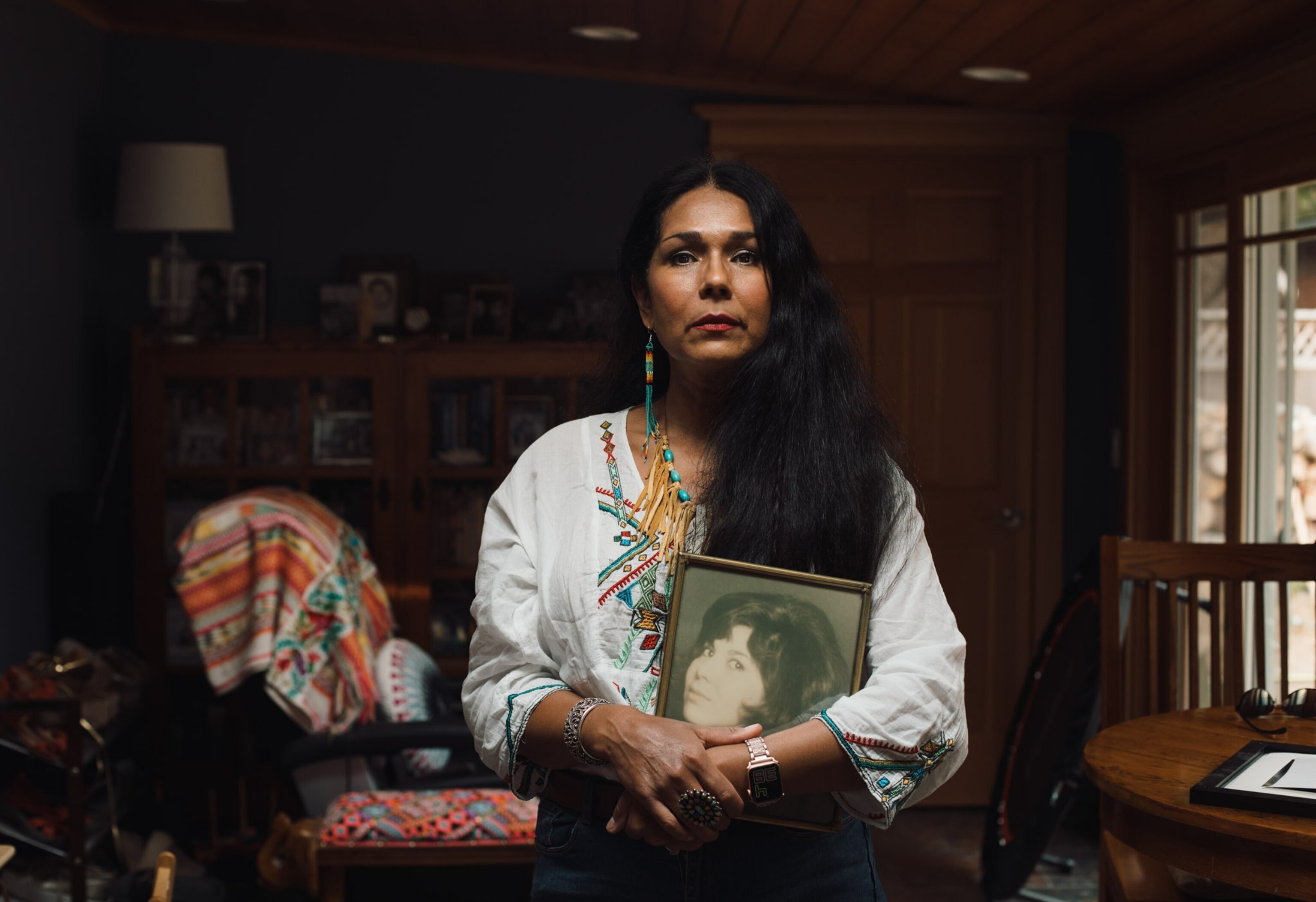
Eureka, California — On September 7, 2018, Angela McConnell, 26, and Michael Bingham, 31, were found shot to death in a wooded area in Shasta Lake, a small town in northern California. The police didn’t tell Tammy Carpenter, McConnell’s mother, that her daughter had been murdered. Instead, the Hoopa Valley tribal member found out from one of Bingham’s relatives.
When Carpenter drove to the police station to find out if her daughter was really dead, the officer who greeted her asked if she knew that her daughter was on drugs and living as a transient.
“I thought, ‘What the hell is this?’” says Carpenter. “I told him, ‘You need to go do your job and find out who murdered my daughter!’”
But more than three years later, the murders of McConnell and Bingham remain unsolved. Police told Carpenter they didn’t have enough evidence to move forward; she says the murder scene was left unsecured.
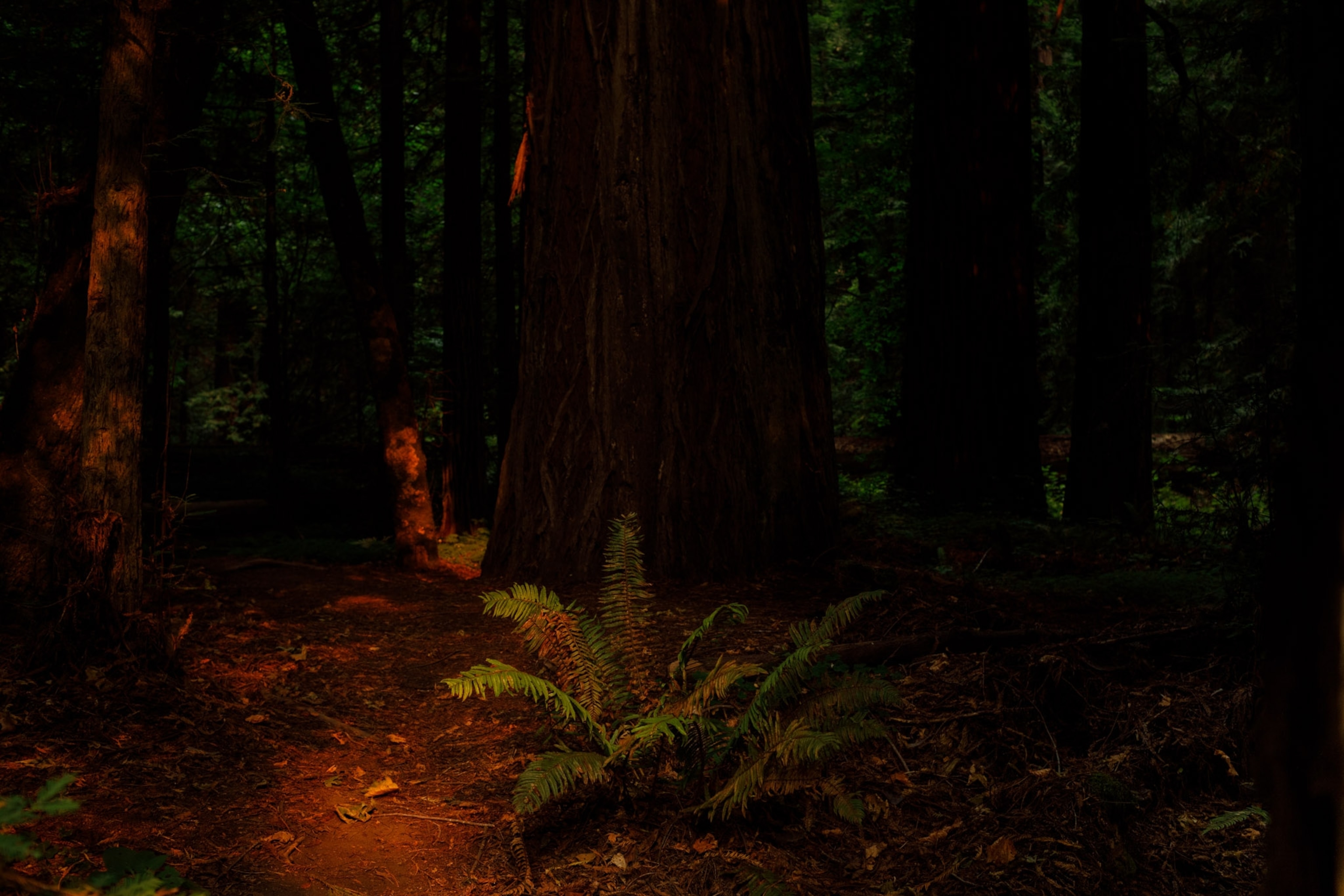
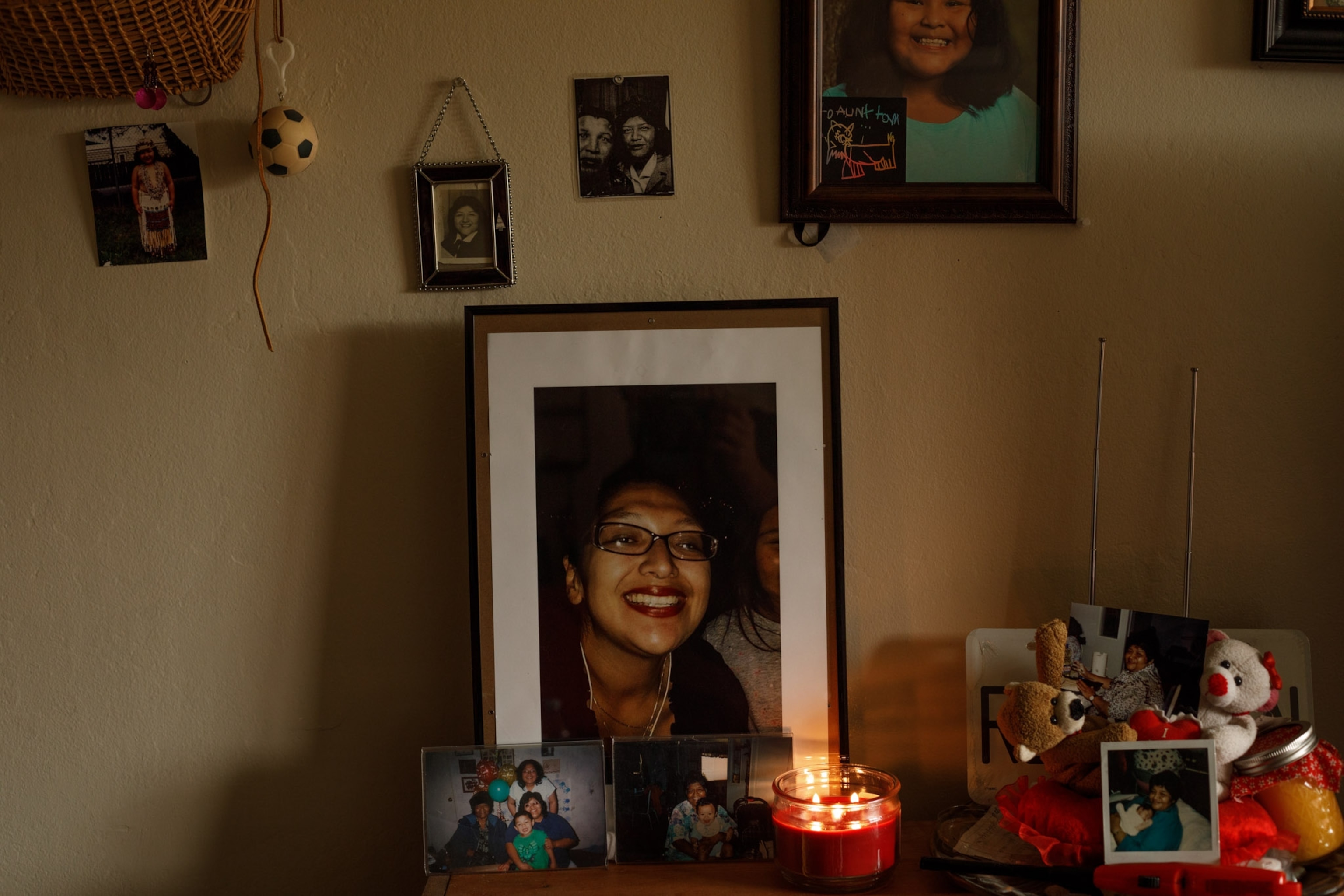
“Like all these missing or murdered native women, she doesn’t matter,” says Carpenter. “They won’t solve her case because she’s just another Indian.”
Angela McConnell is one of thousands of missing and murdered Indigenous women and girls (MMIWG) across the United States. For many years, authorities overlooked the crisis but now families and community members are demanding justice for crimes that they say stem from centuries of oppression.
The National Information Crime Center, a federal agency, has documented more than 5,000 cases of missing Indigenous women. Experts say the real number is likely higher. Eighty-four percent of Indigenous women experience some form of violence during their lifetimes while those living on reservations are killed at 10 times the national murder rate.
“It’s racism,” says Annita Lucchesi, founder and executive director of the California-based Sovereign Bodies Institute (SBI), which researches and addresses violence against Indigenous women. “Authorities don’t protect Indigenous women.”

Violence against Indigenous people has a long history, going back to the early days of colonization and extending to include slavery, land seizure, the forced removal of children from their families, and multiple massacres. In California, according to one of SBI’s reports, “historians estimate that as many as two out of three California Indians were killed in the two years following the [1849] discovery of gold.”
Native American families continue to contend with this “bloody legacy,” as the report calls it. Their daughters, sisters, and mothers are vulnerable, says Lucchesi, and predators know it. Police are less likely to investigate missing Indigenous women, known perpetrators are less likely to be prosecuted or convicted, and the media is less likely to cover MMIWG cases with the same alarm as those of missing white women.
“A lot of times the places they go missing from are extremely rural,” she says. “There’s a lack of services, a lack of transportation, and a lack of opportunity.”
That’s especially true in California. The state as a whole has the highest Native American population in the United States—more than 750,000 people belonging to nearly 200 tribes, many of them living in the sprawling metropolises of Los Angeles and San Francisco. Yet those urban areas appear to be far less dangerous for Indigenous women than rural northern California, with its soaring redwood forests and rugged shoreline. There, at least 107 women have been murdered or gone missing since 1900, twice the number as in the Bay Area, where the Indigenous population is three times the size.
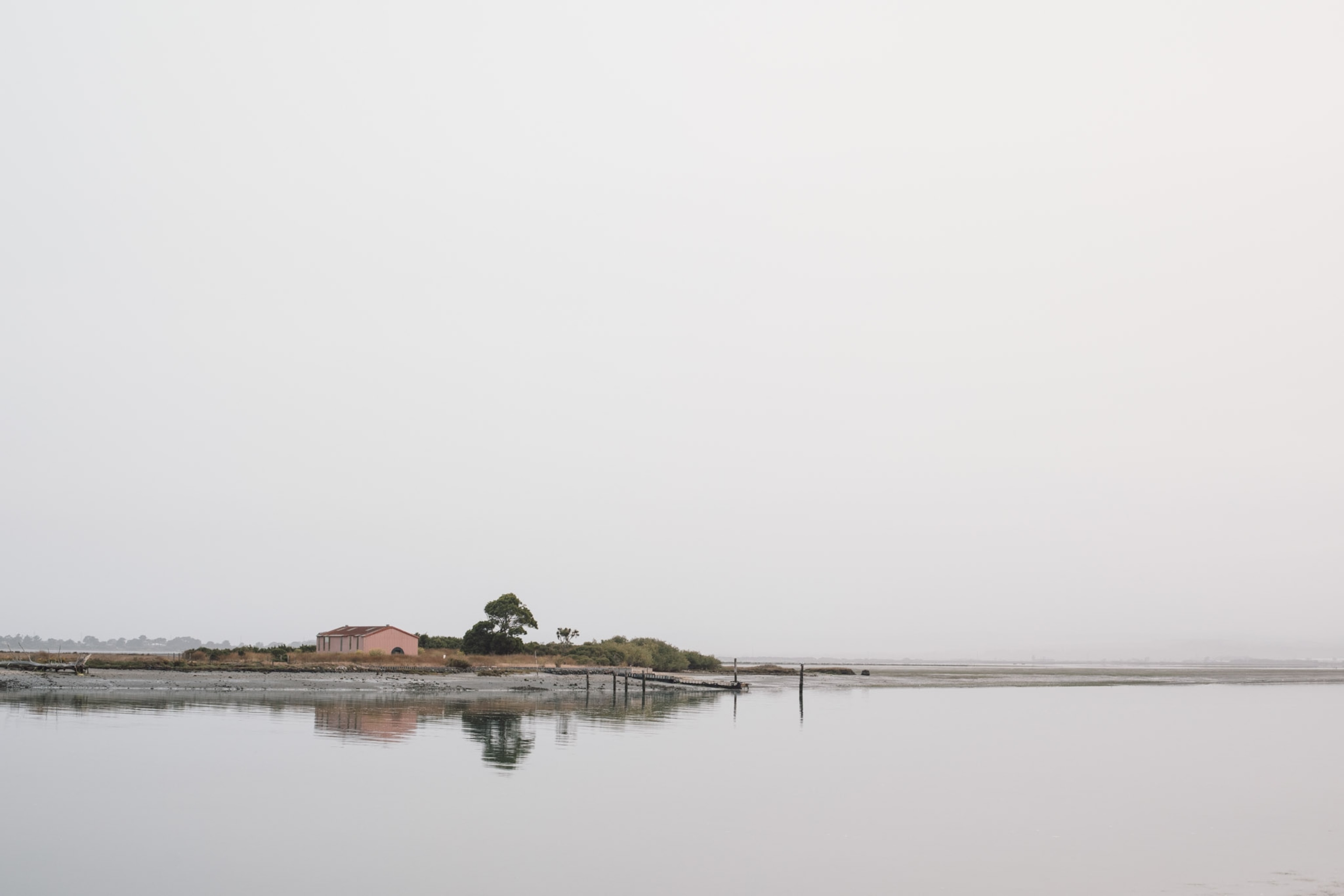
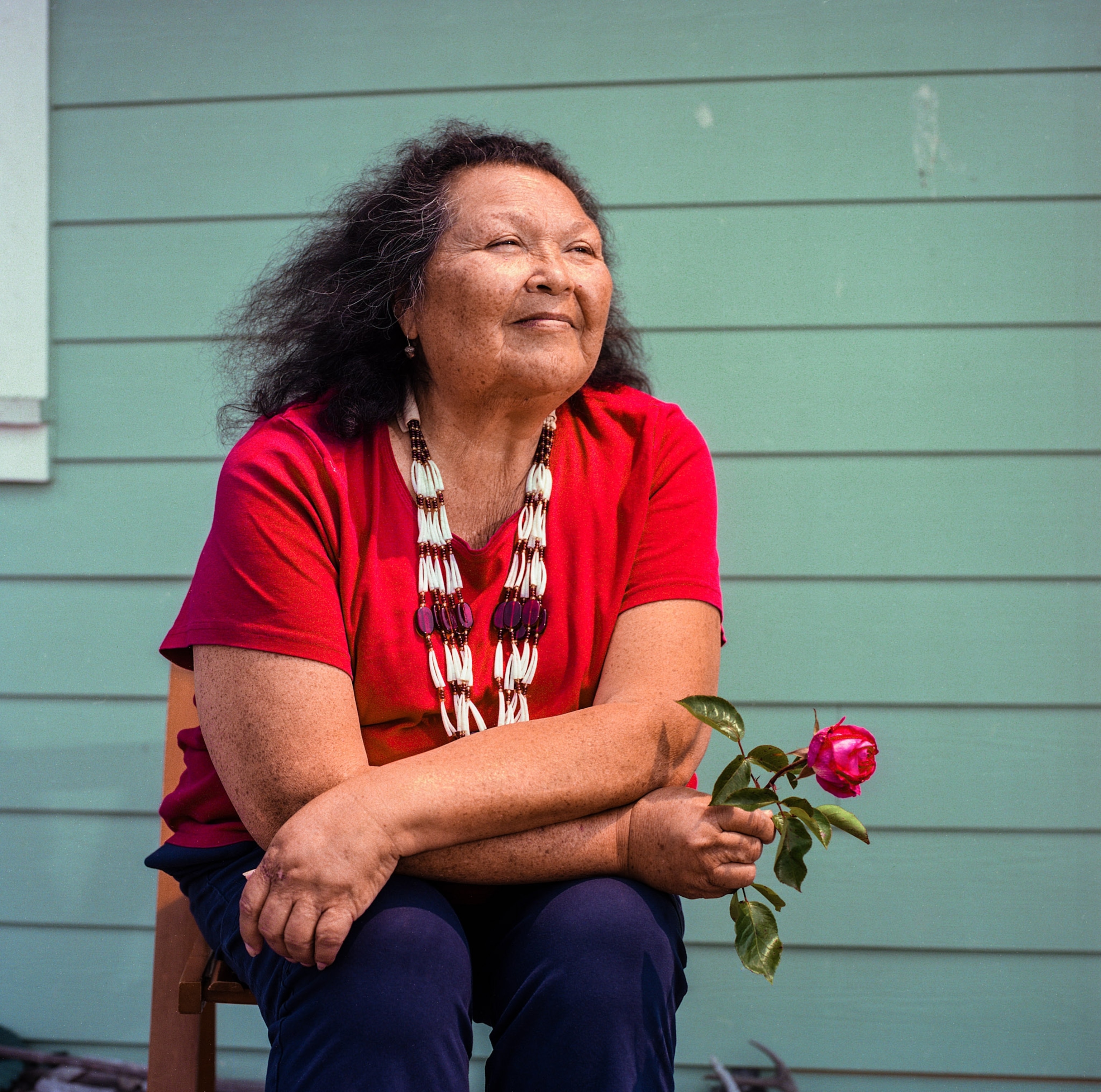
Missing mother
Hoopa Valley Tribe member Arnold Davis III, 32, misses his mother, even though he doesn’t remember her. “I’m told she was outgoing, kind of like a free bird,” he says. “Everybody always said that she was beautiful.”
Davis was two years old when Andrea Jerri White, also known as “Chic,” disappeared on July 31, 1991, near the town of Blue Lake in Humboldt County.
“Nobody talked about it in the house growing up.…I think it hurt my grandma a lot and she didn’t know how to break it to us kids,” says Davis, sitting with his hands folded at a long table made of redwood at the SBI office in Eureka.
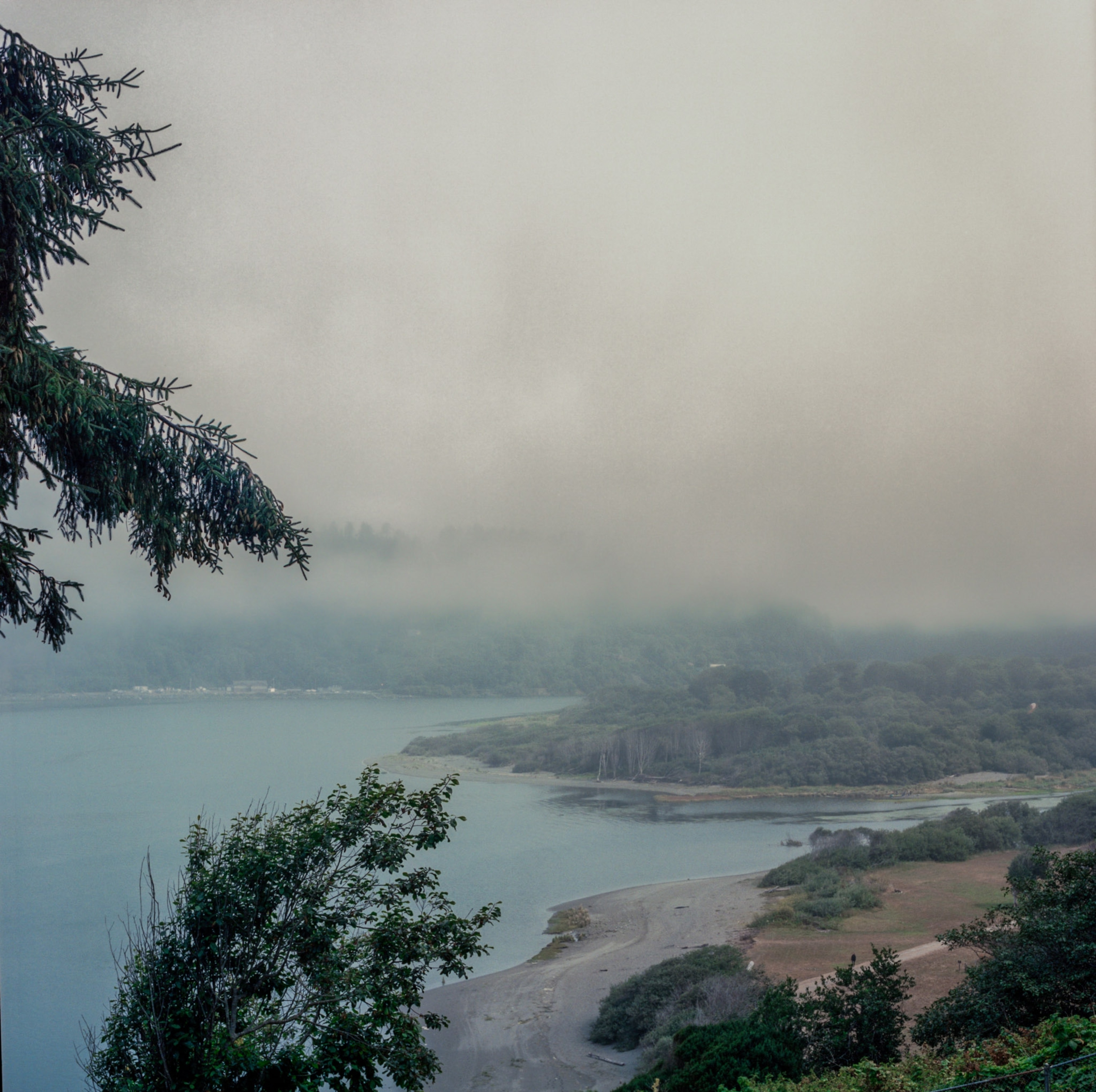
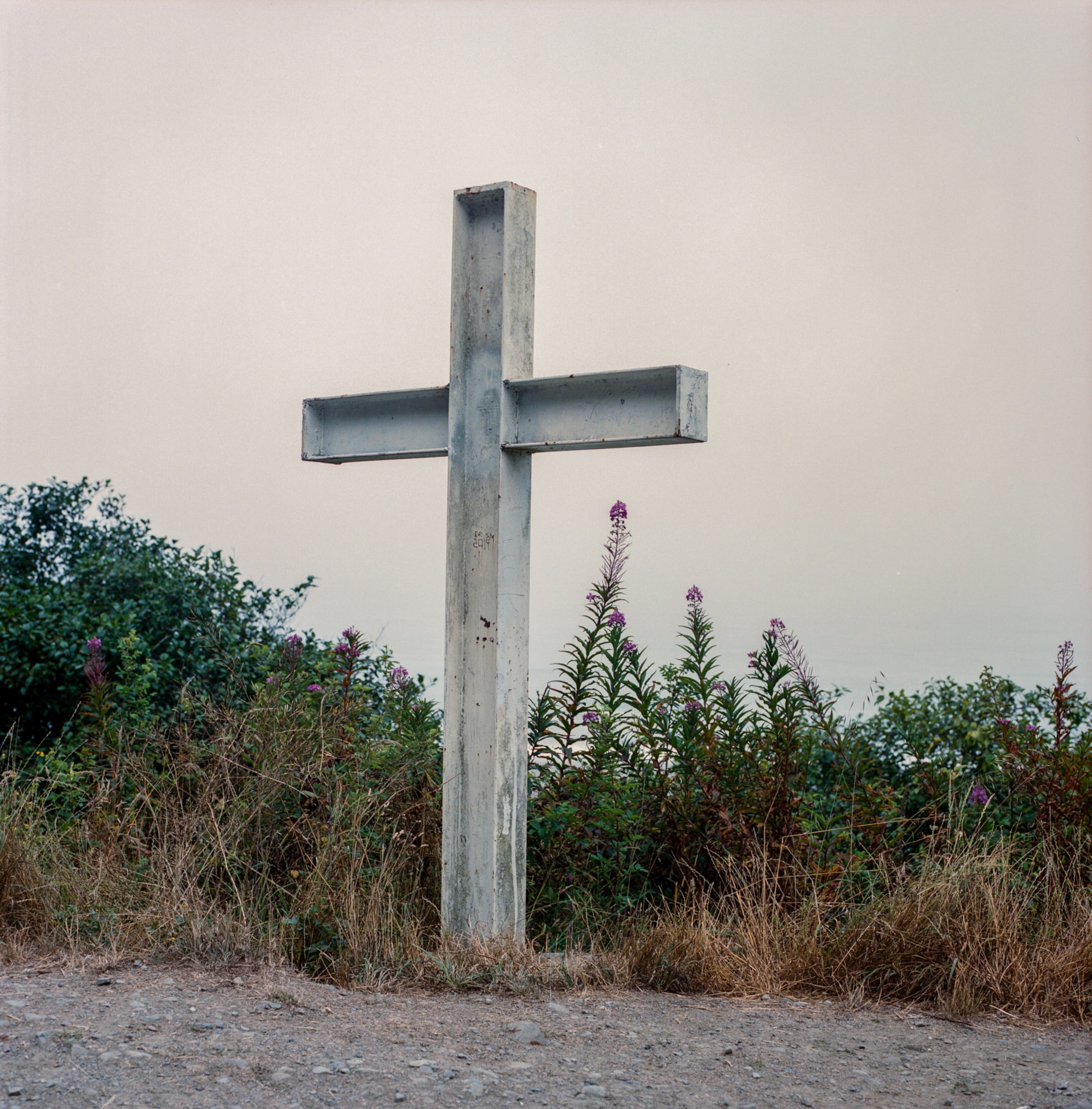
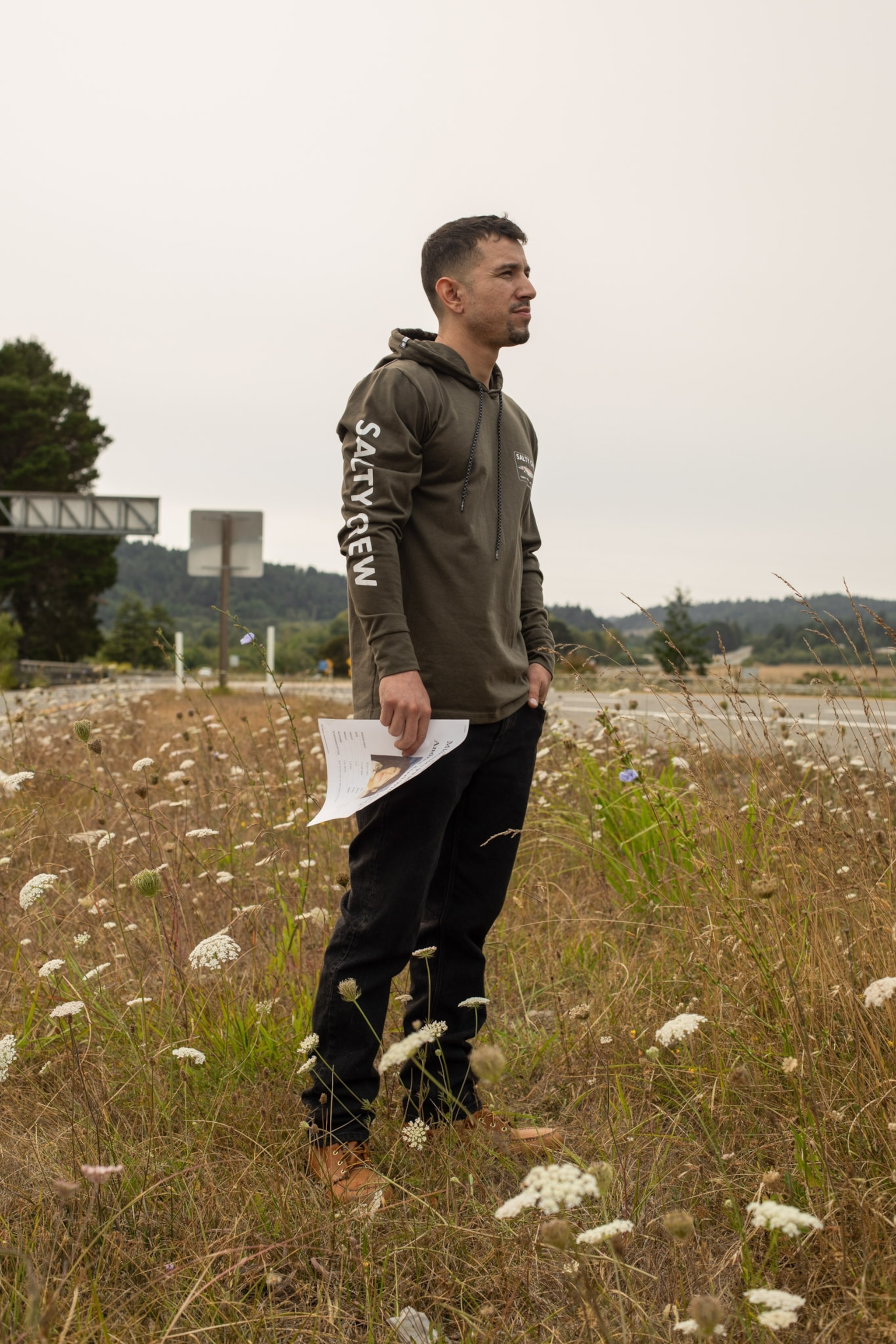
White—half Hoopa, half Yurok—was last seen near an exit on California Highway 299. According to police reports, she was hitchhiking home to the Hoopa Valley after attending a court hearing in Eureka. The 22-year-old had been charged with a DUI after a car accident a few weeks earlier. The state took custody of her four children, who had been in the car, and placed them with their grandmother.
“She was fighting to get us back. That’s why she hitchhiked to court,” Davis says.
His loss didn’t really hit him until he was working on a Mother’s Day project when he was in elementary school. “You had to have your mom's name and, for each letter that's in it, write something that describes your parent,” he says. “I realized I didn't even know my mom's name.”
Davis believes the police could be responsible for his mother's disappearance, but he has no evidence. Not long before White disappeared, she told her aunt, Donna White, that she’d been raped by local police officers. “She said she had been drinking and they picked her up for intoxication,” says Donna. “But they stopped, and they raped her. They still put her in jail, too.”
-2.jpg)
Donna took her niece to a rape crisis center in Eureka and then to the district attorney’s office. But it proved too much for Andrea: “The district attorney was talking to her and then she just shut down and didn't want to talk about anything.”
Police have no leads on the disappearance, now relegated to the cold case file. Humboldt County Sheriff William Honsal says foul play is highly suspected.
A line item for grandmas
In the rural community of Arcata, nine miles north of Eureka, Lucchesi, 29, frantically searches for an outlet to charge her cell phone. She is fielding calls nearly non-stop as she tries to coordinate efforts to help MMIWG survivors.
“Every day I'm buying groceries or paying rent or, you know, helping somebody escape an abuser,” she says. “We have a line item in our budget called grandmas because we have so many grandmas that are raising grandkids because the parent is missing or murdered, and they don't have the money for that, much less the help and the energy.”

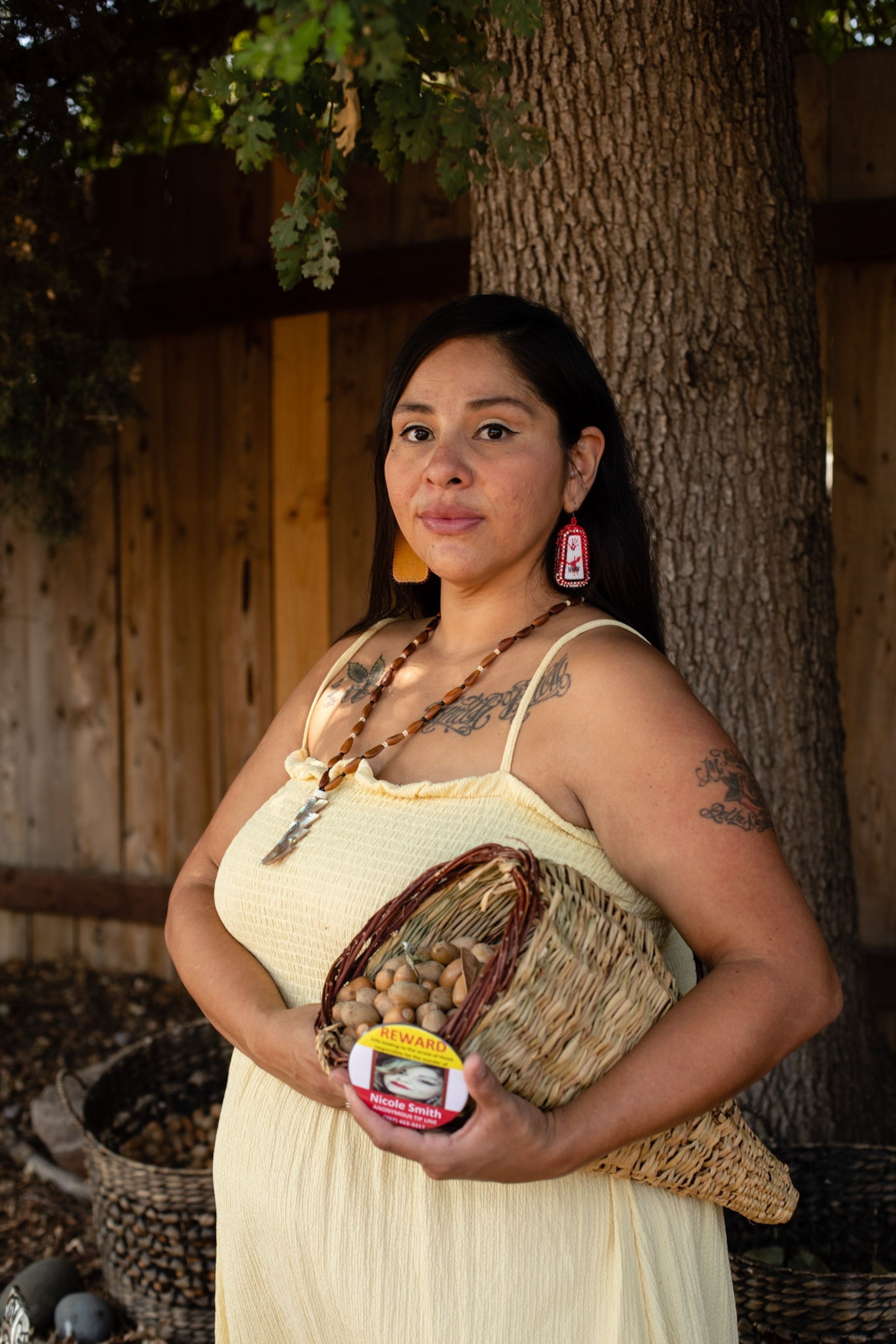
Lucchesi’s personal and academic background makes her uniquely suited for this work. A domestic and sexual abuse survivor, she embraced her Cheyenne heritage in college and is pursuing a PhD in Indigenous cartography and geography. When she became aware of the lack of data on violence and death among Indigenous women and girls, she created a database of her own. The Sovereign Bodies Institute database has since become known as one of the most comprehensive collections of information about MMIWG in North America.
“This is not a mystery to be solved. We already know what’s happening. And we know how to fix it. We know where the problems are, and we have the minds capable of fixing it,” she says. “It’s something that needs aunties at a kitchen table with the power to do what’s best for the community.”
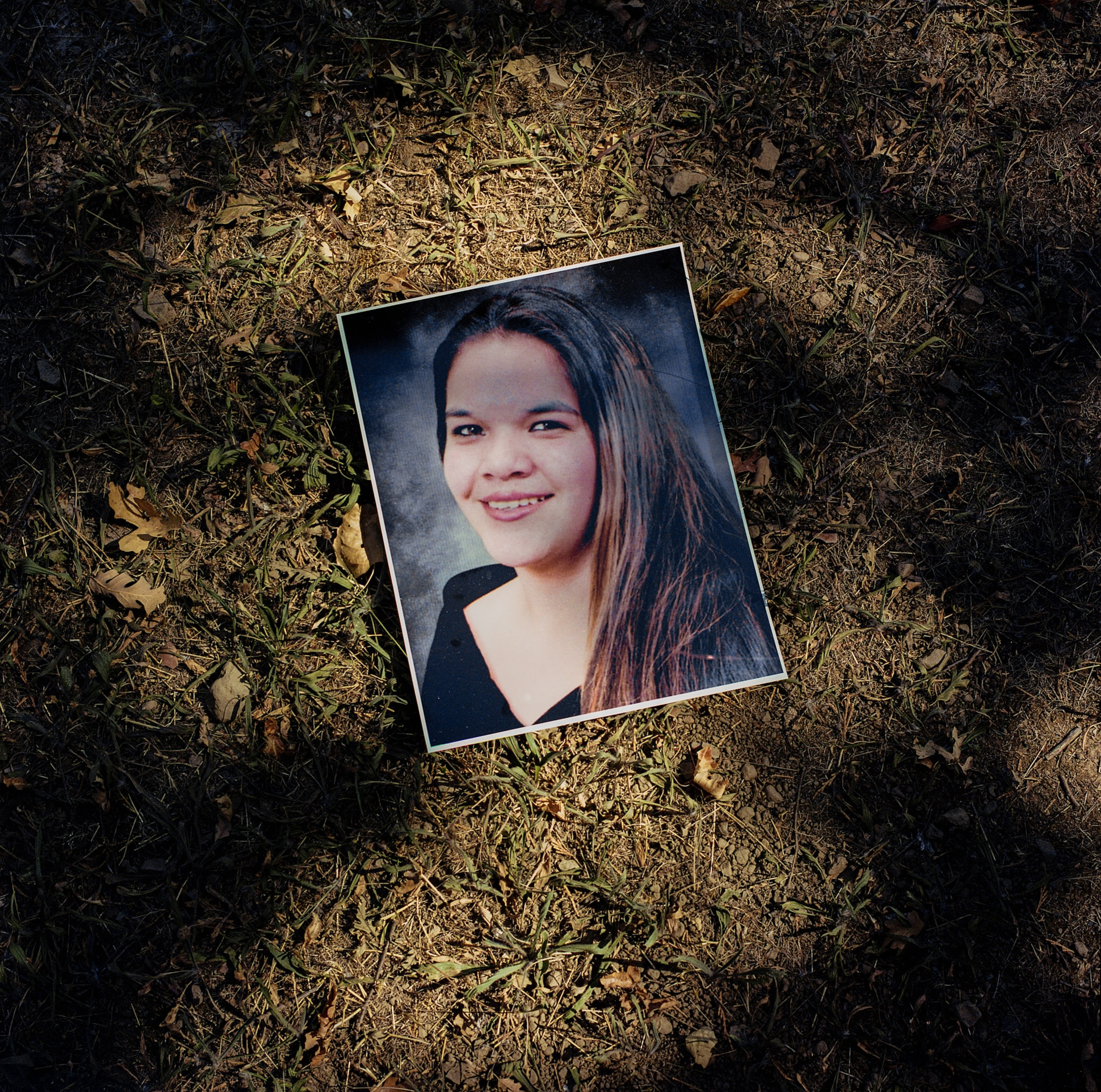
A frustrating case
Ronnie and Lydia Hostler haven’t seen their granddaughter, Khadijah Britton, in four years. The 23-year-old former high school basketball player, a Wailaki member of the Round Valley Indian Tribes, was kidnapped at gunpoint in Covelo on February 7, 2018.
Britton’s family and friends have plastered missing person posters throughout Covelo and nearby communities, backed an aggressive social media campaign for information on her whereabouts, and attended countless rallies carrying her banner.
It’s exhausting work. But Ronnie, 78, and Lydia, 73, say they’ll never give up looking for Khadijah.
“We need to do this, not only for our granddaughter, but I don’t want to see so many other families going through what we’re going through,” says Ronnie.
Nearly half of the MMIWG cases in northern California are due to domestic or intimate partner violence, including Britton’s. Before she vanished, she’d filed a restraining order against her ex-boyfriend, Negie Fallis.
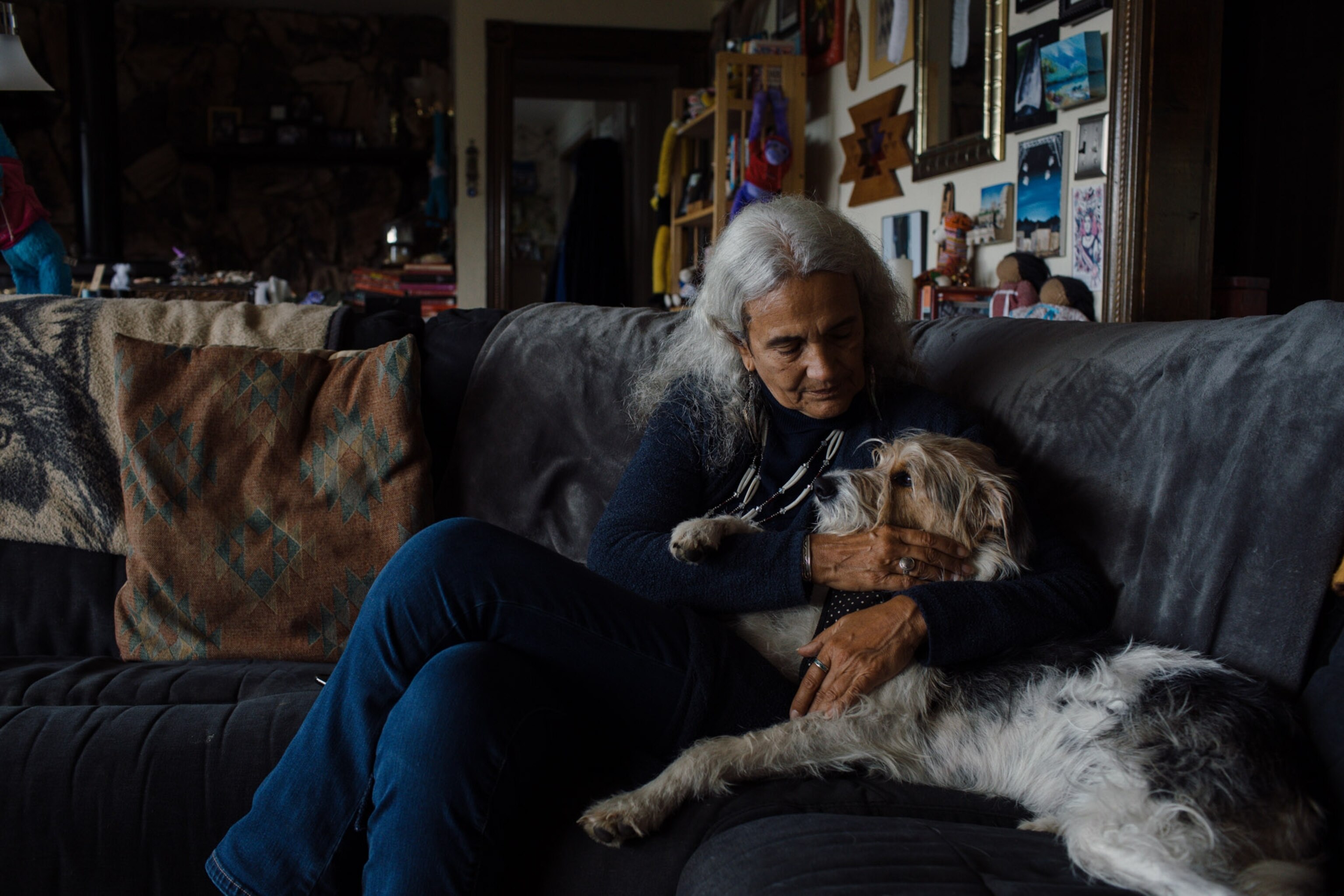
“He started getting violent with her,” says Ronnie. “She got into some bad things, you know. I hoped she’d come out of it, but she didn’t.”
A few days after Britton took out the restraining order, Fallis caught up with her at a party on the outskirts of Covelo. According to eyewitnesses, he brandished a small derringer pistol and forced Britton to leave with him and another woman in a black Mercedes sedan.
Three days later her stepmother filed a missing person report. At first, police didn’t suspect foul play. Now Fallis, who has been arrested on multiple unrelated charges, is their main “person of interest.”
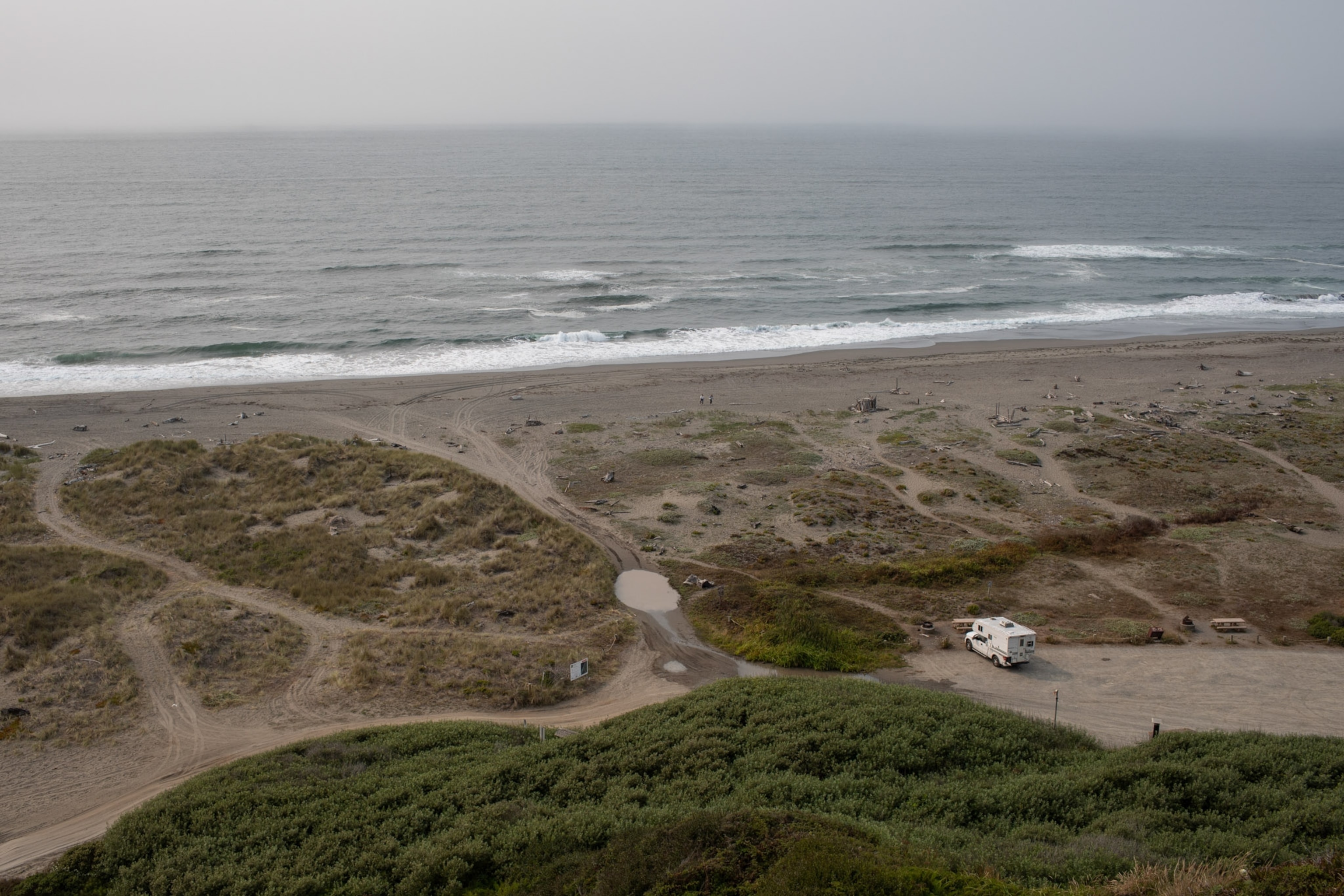
Ronnie Hostler believes police should have acted sooner. But resources are strained in Covelo. The tribal and federal police have limited jurisdiction because all tribes in California fall under Public Law 280, which requires the state—rather than tribal or federal law enforcement—to prosecute most crimes that occur on a reservation.
And crime rates are high. Covelo sits within the Emerald Triangle, a trio of counties—Humboldt, Mendocino, and Trinity—where the largest marijuana producers in the United States operate. Cannabis is legal in California but criminal organizations, including cartels, remain active.
“I think that this contributes to some of the violence that is happening there,” says Round Valley Tribal Chief of Police Carlos Rabano, Sr.
While family members wait for answers, authorities have taken some action in the Britton case.
Fallis remains in prison. An anonymous tip line has been established. There is an $85,000 reward for information that leads to a conviction in her case, plus a $10,000 reward from the FBI. Family members, volunteers, and police have searched for miles in and around Covelo for any signs of Britton, but they’ve found nothing.
Fallis “is my leading suspect,” says Mendocino County Sheriff Matt Kendall. “But at this point, we need people who are going to speak. We need people who are going to talk about what they know. We've had numerous instances after interviewing witnesses who have changed their stories two, three times. And that puts some real hurdles in front of the district attorney when it comes to charging these cases.”
Kendall says the relationship between law enforcement and Indian Country is broken. Although he is not Indigenous, Kendall grew up in Covelo, which is partially located on the Round Valley Indian Reservation. When his deputies ask why Native Americans don’t trust the police, he offers this answer: “If North Korea came over here tomorrow and attacked us and killed eight out of 10 of everybody, and then they told you that you're going to leave here and you're only going to speak North Korean, what would you tell your kids about those guys?”
Yurok justice
Abby Abinanti, chief judge of the Yurok Tribal Court in Klamath, 200 miles to the north, addresses the lack of trust more bluntly. “The Yurok word for policemen translates to ‘men who steal children,’” she says. “The first time we ever met them was when they came and stole children as indentured slaves or for the boarding schools. So, you have a natural resistance on our part.”
The first Native American to be admitted to the California bar, 74-year-old Abinanti served as a San Francisco Superior Court Commissioner for two decades before returning home to Yurok territories 25 years ago. She says her approach to justice is grounded in Yurok culture, incorporating concepts of community, culture, fairness, and responsibility—not degradation and punishment.
“I know them, I know their families,” she says. “I know what they've been through.”
Abinanti works with a team of 47 at the tribal court to develop ways to help Yurok and other people coming through the court resolve disputes, reunite families with children, and rehabilitate those who commit crimes on their territory. The MMIWG crisis is a big focus of her work.
“The numbers show that clearly it’s a crisis and that [Indigenous women] are invisible and that the issues have not been addressed. And for me, this is our responsibility,” says Abinanti, who co-wrote recent SBI reports on the crisis. “These are our people. They need to come home.”
Blythe George, a member of the Yurok Tribe who works with Abinanti and has also helped write SBI reports, expressed anger over the lack of attention paid to MMIWG by mainstream society. “This is not new,” she says. “It’s as old as anything else we’ve dealt with.” But for a long time, she continues, “it wasn’t important enough to keep track. It’s hard not to see the complete lack of justice at times and not wonder if these were white women, would it be different?”
A familiar suspect
For family members, knowing that others are shining a light on MMIWG cases can be incredibly powerful.
Thirty years ago, Christina Lastra’s world was shattered when she received news that the body of her mother Alicia Lara had been found in the passenger seat of her car at the bottom of a dumpster in Weitchpec near the Hoopa reservation.
“The last time I saw my mother, she was bent over her camping gear and she looked so beautiful. Her hair was up in a bunch,” remembers Lastra, wiping tears from her cheeks. “I said, ‘Mom, I'm going to work now.’ And she said, ‘okay, Mihai,’ which is ‘my daughter.’” They hugged, said “I love you,” and that was it.
Police declared Lara’s death an accident. But a year later the local coroner told Lastra that her mother's autopsy report showed Lara, who was Tarahumara, had been murdered.
An anonymous witness told Lastra that someone had seen her mother bleeding in the passenger seat of her car. Lastra is convinced that the driver was an accomplice of her stepfather, a white illegal marijuana grower who died two months later.
Lastra believes her mother’s death was classified as an accident because authorities did not deem her case worth investigating. “It’s unfortunate that we [Indigenous] are treated as if we don’t count.”
When Lastra met Lucchesi a few years ago and learned about SBI’S work, she felt a sense of relief knowing there was a network of support for missing and murdered Indigenous women like her mother. “I felt my mom was being seen, recognized, honored,” she says. “And that was the day that I started to heal from the murder of my mom.”
Strengthening laws
Lawmakers are beginning to address the crisis. In California, James Ramos, the first California Native American to be elected to the state assembly, sponsored legislation aimed at untangling criminal jurisdiction among law enforcement agencies and tribal governments, improving public safety on tribal lands, and researching the impediments to reporting and identifying cases of missing and murdered Native Americans in California, particularly women and girls. The legislation was approved in 2021.
Once the research is done, “we can strengthen laws where we need to strengthen them,” says Ramos, a member of the Serrano/Cahuilla tribe. “Our role is to continue to heighten the awareness of what truly is happening in Indian country, in the state of California, and across the nation.”
Nationally, Secretary of the Interior Deb Haaland created a new Missing and Murdered Unit (MMU) within the Bureau of Indian Affairs Office of Justice Services, which will help put “the full weight of the federal government into investigating these cases.” A task force on Missing and Murdered American Indians and Alaska Natives called Operation Lady Justice was formed in 2019 to pursue outstanding cases as well.
“Far too often, murders and missing persons cases in Indian country go unsolved and unaddressed, leaving families and communities devastated,” said Haaland in a statement announcing the new unit. “The new MMU unit will provide the resources and leadership to prioritize these cases and coordinate resources to hold people accountable, keep our communities safe, and provide closure for families.”
Change isn’t going to happen overnight, says Abinanti. Other issues need to be addressed, such as the many vulnerable Indigenous children in foster care and shoring up Indigenous communities. “We need to make it better for our people at home so they can be at home.”
There’s been too much suffering, she says: “The crying, the children [are] crying for their moms who will never come back, and they don't stop crying their whole lives.”
Eventually, Abinanti hopes to create a prototype for all Indian Country on how to find murdered and missing Indigenous women and girls and prosecute the perpetrators.
“I want a private investigator. I want those cold cases looked at. I want people interviewed. I want DNA testing. I want search dogs,” she says. “I need to fix this now.”
Meanwhile, Tammy Carpenter is tormented by a constant cloud of sorrow that’s followed her since her only daughter was murdered. She struggles with getting out of bed everyday.
“It's hard as a mother to try to move forward. I'll never plan a wedding or be a grandma for her kids,” she says.
Despite her pain, she’s determined to advocate for justice for McConnell and all victims of the MMIWG crisis.
“I'm her voice now. And I have to talk.… She didn't deserve to die.”


